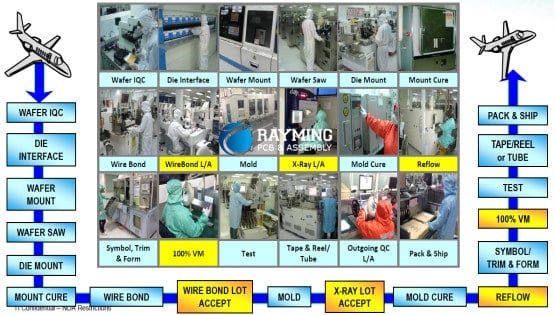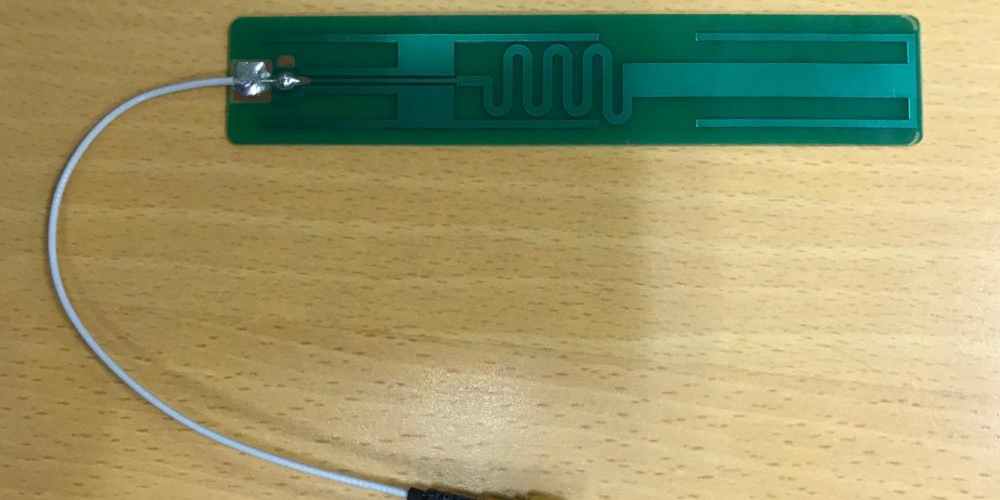Electronics assembly services provide contract manufacturing solutions for assembling electronic components and products. As products become more complex and manufacturers face pressures to reduce costs and time-to-market, outsourcing to an electronics assembly service provider is an attractive option. This guide covers key considerations when selecting an electronics assembly partner, the assembly process steps, and the benefits of using a contract manufacturer.
Selecting an Electronics Assembly Service Provider
Choosing the right partner is critical when outsourcing electronics assembly. Key factors to evaluate include:
Capabilities and Specialization
Look for an assembly provider with capabilities aligned to your product requirements. Evaluate their experience with similar products, components, and production volumes. Specialized knowledge in certain industries like automotive, medical, or aerospace is also valuable.
Quality Systems
Leading assembly providers comply with ISO 9001 or similar international quality standards. They should have robust quality control procedures, inspection systems, and be able to provide reporting. This ensures consistent, defect-free assembly.
Supply Chain Management
Strong materials management and procurement systems help optimize costs and ensure component availability. Look for inventory management capabilities and established relationships with suppliers.
Certifications and Compliance
Relevant certifications demonstrate capabilities, quality commitment, and regulatory compliance. Electronics assembly providers may hold certifications like ISO 13485 for medical devices, AS9100 for aerospace, or IATF 16949 for automotive.
Engineering Support
Many providers offer engineering collaboration and DFM (design for manufacturing) services to optimize designs for ease of assembly. Evaluate capabilities to support product design and testing.
Flexible Production Capabilities
Look for expertise across low, medium, and high volume production. Scalable capacity and capabilities to handle variability allow adjusting production as needed.
Location
Proximity to your team can facilitate collaboration. However, experienced offshore providers can offer benefits like lower costs while delivering high quality. Ensure they provide adequate project visibility and IP protection.
The Electronics Assembly Process
Electronics assembly processes can vary considerably depending on product complexity, customization, and production volumes. However, these are typical stages in the assembly process:
Sourcing Components
The assembly partner sources required components based on bill of materials (BOM) and product specifications. Global sourcing capabilities and supplier relationships help control costs.
Incoming Quality Control (IQC)
Received components are inspected per acceptance quality levels (AQL) to ensure they meet specifications before entering production. Statistical process controls identify bad batches.
Solder Paste Printing
Solder paste is precisely applied on PCB pads to temporarily hold components during soldering. Automated printing ensures consistency.
Pick and Place Assembly

Robotic pick and place systems accurately populate components onto the PCB according to defined placement programs. Flexible feeder setups handle diverse components.
Reflow Soldering
PCBs pass through industrial ovens that heat solder paste deposits to form permanent solder joints holding components in place. Parameters are optimized to component needs.
Conformal Coating
A protective coating may be selectively applied to the assembled PCBs to prevent damage from moisture, dust, chemicals, or vibration.
Aqueous Cleaning
Aqueous cleaning removes flux residue from PCBs after soldering using purified water. This eliminates potential corrosion or electrical shorts.
Programming and Functional Test
Testing verifies assembled boards and systems meet performance requirements. Fixtures and probes automate testing for repeatability.
Final Quality Inspection
Detailed inspections following IPC standards check for correct assembly, solder joint quality, component damage, and other defects.
Box Build and Logistics
Completed boards are integrated into final products, packaged, and shipped per customer specifications. Service providers can manage warehousing, shipping, and reverse logistics.
Benefits of Outsourcing to an Electronics Assembly Service Provider
Companies work with specialized assembly providers to supplement internal capabilities and gain the following benefits:
- Cost Reduction – Outsourcing converts fixed costs into variable costs, reducing capital investment in facilities, equipment and labor. High volume production provides economies of scale.
- Improved Quality – Experienced assembly providers deliver extremely high yields and quality levels that are challenging to achieve internally. Rigorous quality systems find and correct process issues.
- Reduced Time-to-Market – Parallel assembly activities and access to specialized skills and expertise accelerate product launch schedules.
- Production Flexibility – Service providers offers scalable capacity, experienced at ramping production up or down in response to changing demand.
- Focus on Core Competencies – Relying on an assembly partner allows companies to focus internal resources on design, marketing and other critical initiatives.
- Access to Advanced Technologies – Assembly providers make substantial investments in the latest production and test technologies to stay competitive. Clients benefit from access to advanced capabilities.
- Supply Chain Management – Providers effectively manage complex global supply chains, component sourcing, and inventory planning. This ensures component availability.
When selecting an electronics assembly partner, consider providers that offer a breadth of capabilities, proven expertise, and global operational scale. With an experienced partner, companies can accelerate time-to-volume, achieve rapid scalability, and reduce risk.
Frequently Asked Questions

What types of products commonly use electronics assembly services?
Many types of electronic products leverage assembly services, including consumer devices, IoT products, automotive electronics, industrial equipment, medical devices, aerospace systems, telecommunications equipment, and more. Complexity ranges from simple circuit boards to complete box-build electronic systems.
How are costs managed with outsourced assembly?
Experienced assembly partners provide very cost competitive solutions through high volume production, optimized processes, efficient supply chain management, and access to lower cost labor markets. Providers work closely with customers during design to optimize manufacturing costs.
How is quality assured with outsourced assembly?
Leading assembly providers adhere to stringent quality standards and systems. Each manufacturing step has validated processes with quality control checkpoints to identify any errors. Statistical reporting provides transparency into critical metrics like yields, defects, and repairs.
What production volumes are ideal for outsourced assembly?
Service providers support low to high volume production. Low volumes allow verifying the product before investing in tooling for higher volumes. High volumes achieve maximum cost efficiency. Providers work with customers on production planning and can rapidly scale output.
How is intellectual property protected when outsourcing assembly?
Reputable providers have robust IP protection standards, including non-disclosure agreements, restricted facility access, and rigorous cybersecurity measures. Often partial manufacturing information is provided to obscure the full design. Legal protections are incorporated into contracts.



0 Comments